
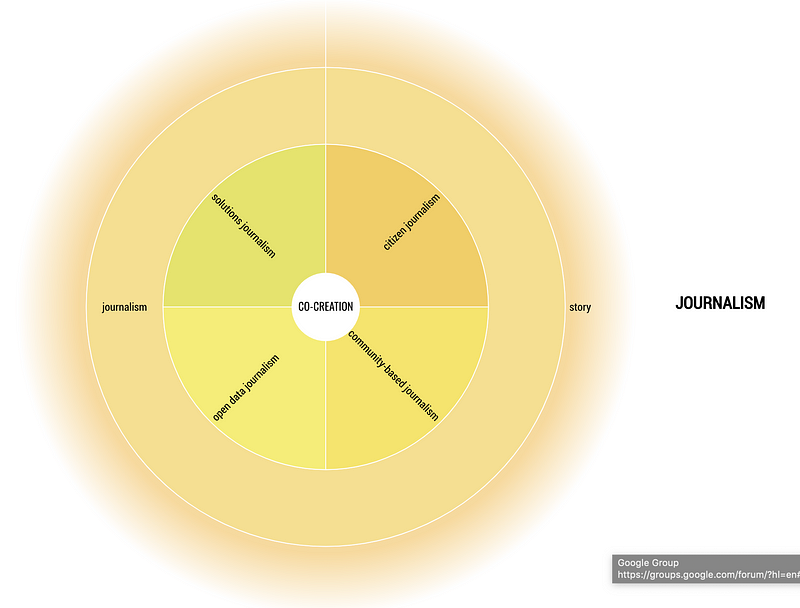
“Audiences are asking new, more complex questions about power imbalances implicit in legacy-storytelling contracts between makers and subjects. Instead, they are becoming active co-creators of their narratives,” write Katerina Cizek and William Uricchio, the authors of the new Collective Wisdom field study that we’re featuring in this issue of Immerse.
While the study was produced by the Co-Creation Studio at MIT’s Open Documentary Lab, it’s just as relevant to journalists as it is to documentarians. Both fields are grappling not only with tough questions about audience trust and agency, but with the ways in which participatory platforms and machine learning are unsettling the notion of single auteur as the best route to knowledge. What’s more, they’re learning that working together can produce better results: deeper investigations, more insightful accounts of political situations, a more profound understanding of the differences and similarities between groups that are estranged.
They are not alone. In this interactive infographic, the authors chart a variety of disciplines in which collaborative, bottom-up methodologies are providing more equitable pathways to tell stories, design our built environment, shift politics, and generate insights. Zooming in, above, the infographic identifies four methods that open up the doors of the newsroom to allow multiple perspectives to inform reporting: citizen, community, solutions, and open data journalism.
Normally, this column is about the relationship between a single user and a single media experience: the interface, broadly defined as “the place at which independent and often unrelated systems meet and act on or communicate with each other.” Collaborative modes of reporting trouble the traditional linear mental model of news: “We report, you decide.” Now, with the help of widely available technology, the interface between reporters and audience members can be made permeable throughout the process: at the stages of story conception, information gathering, production, distribution, and follow-up.
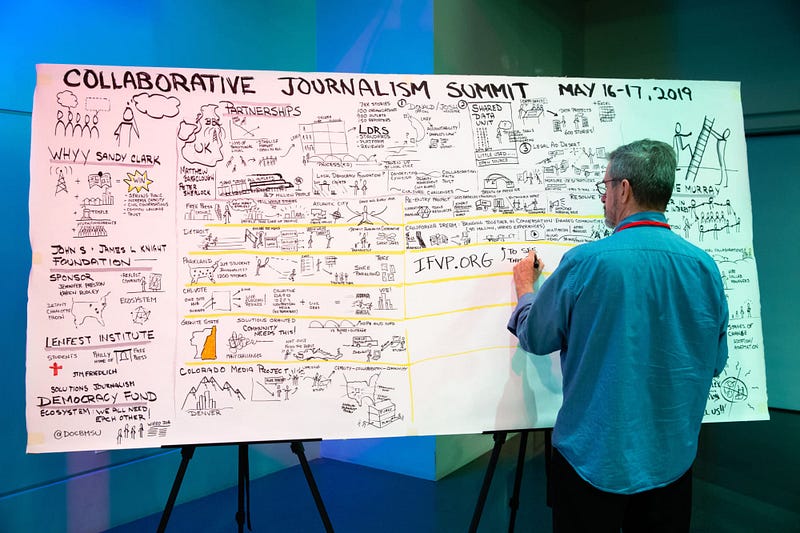 Photo by Leslie
Barbaro from the 2019 Collaborative Journalism Summit
Photo by Leslie
Barbaro from the 2019 Collaborative Journalism SummitOver the past decade, news entrepreneurs have been busy developing tailored systems and models to refine such practices. Many of these were on tap at May’s Collaborative Journalism Summit in Philadelphia.
One popular term for community-informed reporting is “engaged journalism.” In my consulting practice, I’ve been tracking the growth of this field over the past decade. Here’s a recent roundup of associated research and resources. But simply “engaging” audiences is not enough to repair the trust between journalists and communities, said Darry Holliday of City Bureau in a keynote at the summit. Instead, the goal should be to “equip” audience members with the tools they need to shape democracy and build power.
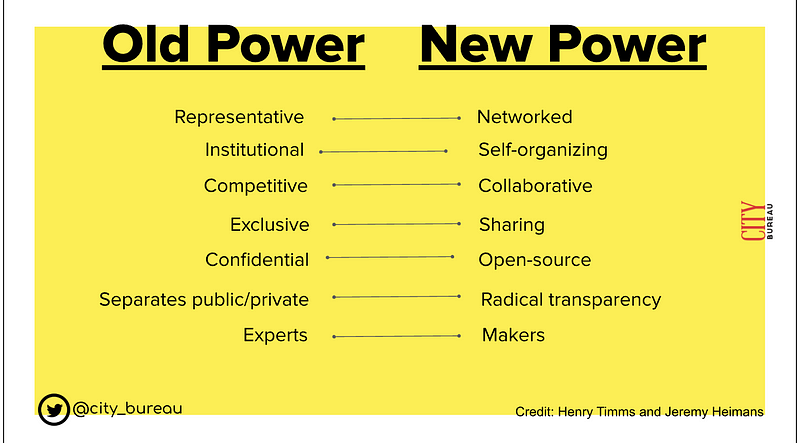
City Bureau has done this with its Documenters program, noted Holliday, “which trains and pays everyday people to hold local government to account in collaboration with local journalists.” He cited other examples: Detroit’s Outlier Media, “which is using text messages to deliver service journalism on demand,” or public access TV and community radio stations such as BRIC or Philly Cam. He also noted parallel efforts in community organizing, civic tech, and youth education to be inclusive, center the experience of users, and reframe stories around assets rather than deficits.
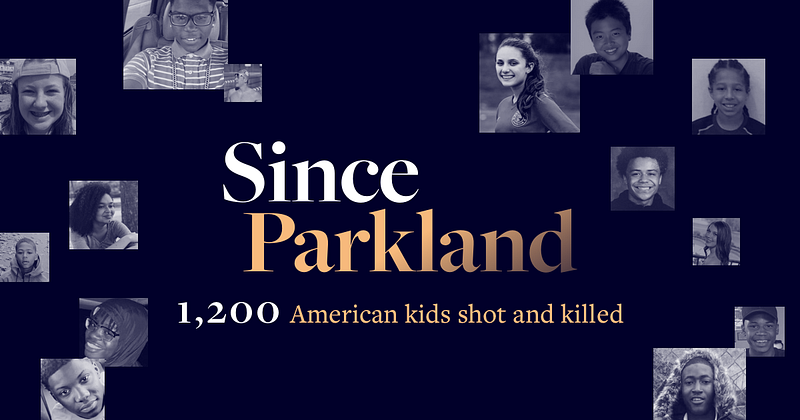
Packed with lightening talks, the summit featured a wide array of collaborative reporting models. A particularly powerful one: Since Parkland, which brought teen journalists together to report on the lives of 1,200 American kids killed by guns in a 12-month period. A collaboration between independent reporting project The Trace, the Miami Herald, and McClatchy, the project combines information visualization with intimate profiles to “document patterns in child gun deaths — and what might reduce them.”
Here, Heather Bryant offers links to other projects featured at the summit. Bryant also presented on Project Facet, a tool she’s been building to facilitate reporting collaboration between newsrooms. This was just one of the tools presented at the summit, which also featured a collaborative data reporting tool from ProPublica, and an Assignments tool from MuckRock that helps readers suggest and participate in parsing the results of FOIA requests. These join other rising tools in the engaged journalism space that help media makers productively involve audiences, such as Hearken, GroundSource, and the Coral Project’s Talk. But as the tool-builders themselves will tell you, this isn’t just about adopting new technologies—it’s about shifting newsroom culture. That’s why initiatives such as the Membership Puzzle Project and Listening Post Collective are also gaining traction, as the compact between reporters, audiences, and other stakeholders is being rewritten one experiment at a time.
Given the shaky state of democracy around the world, the summit also took a look at how journalists are working both together and with civic organizations to cover elections:
- On the local front, Chi.Vote project was a collaboration between 10 small Chicago-based newsrooms with different strengths and skills. It provided mobile-friendly voter resources such as a ward-by-ward candidate lookup tool, a Spanish-language FAQ on the nuts and bolts of voting, and an email newsletter. Partner newsrooms contributed related stories via a joint content management system (CMS), and a newsfeed highlighted content from partners and others. In collaboration with Reform for Illinois, the project offered campaign finance data on candidates. Learn more here and see their open source code for the project here.
- On the international front, First Draft’s CrossCheck project aims to build a “global supernewsroom” to cover elections across multiple countries and help reporters verify possible misinformation. Journalists work together across outlets to verify content and decide if it is trustworthy; at least three organizations have to sign off before conclusions are shared with the public.
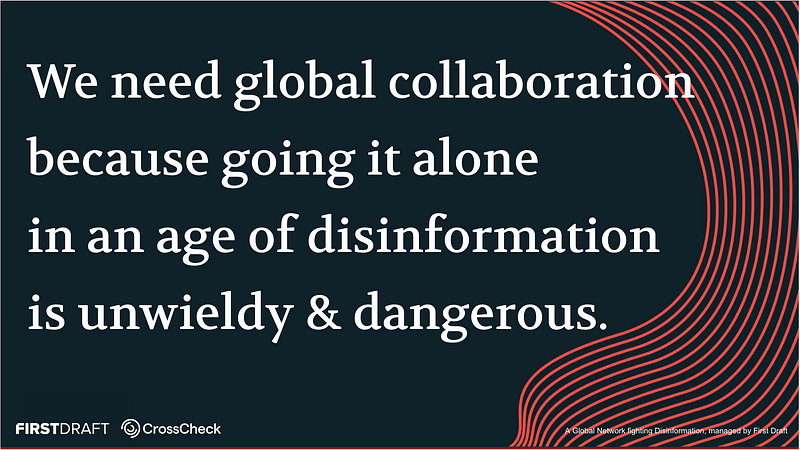
The vibe at this summit was optimistic and bustling—a stark contrast to the grim news about journalism layoffs we’re now seeing almost daily. This is true too at similar gatherings, such as SRCCON and the People Powered Publishing conference, where news innovators mingle with community organizers, developers, and civic tech builders to imagine a more open, pluralistic and responsive future for the field.
Being a part of this larger community over the past two decades has deeply informed my own journalistic practice. While it’s often my job as a researcher or reporter to take the temperature of the latest participatory journalism craze, I am as much patient as doctor. I’ve learned to question my own biases and assumptions, to seek input from those not like me, and to value lived experience on par with formal credentials. Immerse itself is an exercise in collaborative journalism—we seek to solicit perspectives from members of the field we cover and create space for dialogue, rather than just holding ourselves at arm’s length as critics and experts.
That’s why I think others in the conversation about reinventing the news should give this new report a closer look. We’ve talked amongst ourselves plenty already. Now, it’s time to discover how parallel fields are addressing similar questions in creative ways.
This article is part of Collective Wisdom, an Immerse series created in collaboration with Co-Creation Studio at MIT Open Documentary Lab. Immerse’s series features excerpts from MIT Open Documentary Lab’s larger field study — Collective Wisdom: Co-Creating Media within Communities, across Disciplines and with Algorithms — as well as bonus interviews and exclusive content.
Immerse is an initiative of the MIT Open DocLab and The Fledgling Fund, and it receives funding from Just Films | Ford Foundation and the MacArthur Foundation. IFP is our fiscal sponsor. Learn more here. We are committed to exploring and showcasing media projects that push the boundaries of media and tackle issues of social justice — and rely on friends like you to sustain ourselves and grow. Join us by making a gift today.
Photo (banner): Michio Morimoto